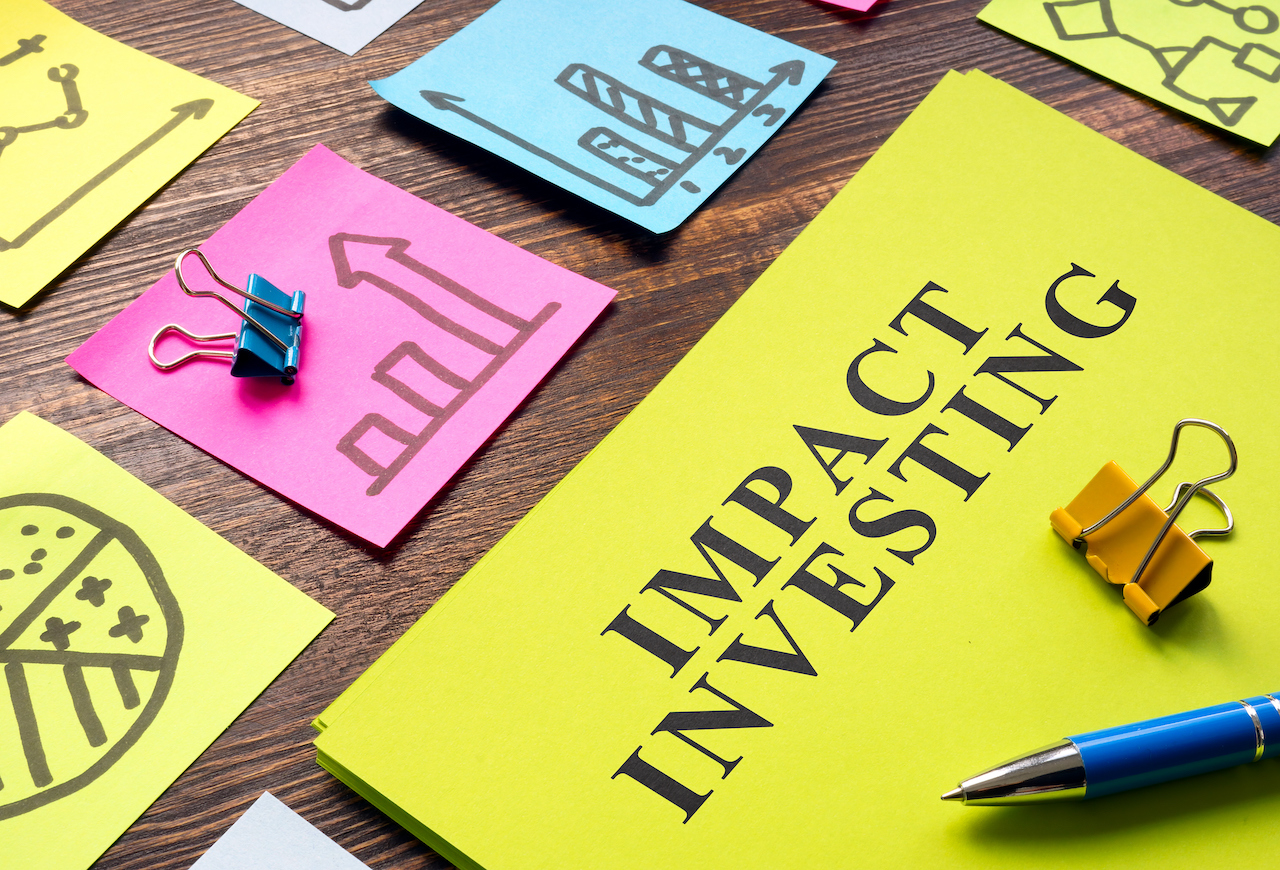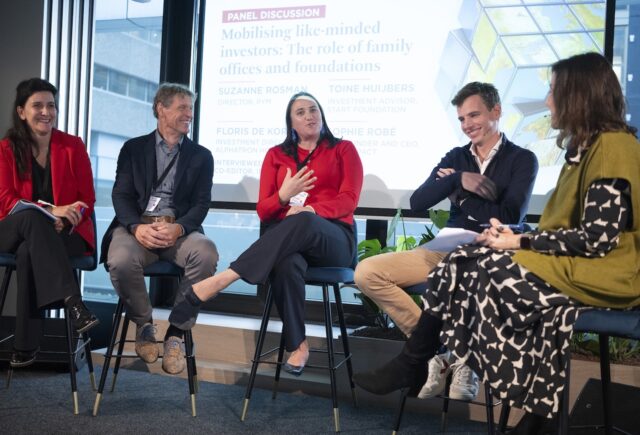A survey from the Global Impact Investing Network highlights concerns over impact classification and measurement, as institutions seek to scale impact investment.

Large institutional asset owners (IAOs) are gradually developing more concrete impact strategies, but their impact priorities and objectives often risk being too broad, the Global Impact Investing Network (GIIN) reported in a survey of the sector.
The organisation gathered data from 22 institutions based in 10 countries and managing $3.5trn (€3trn) between them for its new report. The surveyed IAOs comprised seven pensions organisations and insurers from each of Europe, North America, and the Asia-Pacific region, as well as one African-based insurer.
The GINN said the report captures a field in transition, with an increasing number of asset owners no longer asking whether they should engage in impact, but how to scale it credibly and consistently.
“The research shows that the IAOs are at a critical juncture. Many are considering moving, or are already moving, from exploratory initiatives and carve-outs toward more integrated, portfolio-wide impact investing strategies,” the authors said.
Capital allocation levels for impact remain a fraction of overall institutional allocations – well under 5% of assets under management (AUM) for most of the surveyed IAOs. Only the two smallest – those with the most prominent impact aspirations – said they were targeting allocations above 20%.
However, the GINN noted that, even with modest impact allocations, institutional investors have the potential to make a large contribution to tackling environmental and social challenges, given that IAOs have some $100trn of AUM globally.
The report identifies three shared priorities defining the direction of travel. It said IAOs are seeking to formalise strategies, governance structures and measurement systems that embed impact as a routine component of their investment operations and tie it to the beneficiaries’ interests.
IAOs are also seeking to expand impact investing across asset classes, potentially to include listed equities and public debt in future impact allocations. Finally, they are aiming to make their impact strategies more resilient and adaptable to better navigate political and market volatility.
However, the GIIN found that although efforts are being made to establish structures for impact investing among the institutions surveyed, impact priorities and objectives often remain very broad.
“Such generality risks creating a portfolio of investments that each tell an impact story but collectively lack synergy and fail to produce clear, positive outcomes in the real economy,” according to the report.
The survey showed a wide range of impact themes are being targeted, generally motivated by an organisation’s institutional mandate, beneficiary base, and geographic focus. All 22 asset owners have a focus on climate and energy. Most also have social objectives, though these are spread over several topics, with inequality and inclusion, and affordable housing at the top of the list.
The GIIN noted that only nine of the IAOs have made biodiversity a formal impact priority, and that even those organisations’ biodiversity impact strategies remain at an early-stage, as they seek to overcome uncertainty over how they can actively increase biodiversity through their investments.
Impact investments among the surveyed institutions were mainly made in private equity, private credit, infrastructure and real estate – areas where impact is typically easier to manage and measure than listed equities.
Integrated strategies
IAOs also reported a shift from niche carve-outs towards portfolio-wide impact strategies, a trend that adds complexity and require more cross-institutional buy-in, according to the GIIN.
The potential to generate impact through investments in listed equities is on the radar for a few of the IAOs, but scepticism remains about the existence of public market products that can meet their definitions and requirements for impact investments.
“In general, there is greater openness to incorporating public debt into impact strategies than to public equities. Many IAOs called for more guidance and clarity on when public market investments may credibly be considered impact investments,” the authors said.
The survey found institutions face challenges in establishing consistent criteria and processes for classifying individual investments as impact, especially when expanding to integrate impact across multiple teams and asset classes.
The GIIN said impact measurement and management is the most frequently discussed topic in its talks with the surveyed institutions, with concerns voiced particularly around aggregating performance at the portfolio level and robustly documenting outcomes.
Leading concerns included developing minimum thresholds for the level of impact expected from an investment to qualify for an impact portfolio, and for an acceptable level of contribution by the asset owner.
The GIIN said the survey findings represent a snapshot of real-world practice, rather than representing the global industry, but said IAOs are “uniquely positioned” to drive change across entire systems and sectors of the economy.
“Whether this potential is realised will depend to a high degree on their ability to embed an impact lens alongside a financial lens, contributing to both financial security and improved quality of life for their beneficiaries,” it said.





